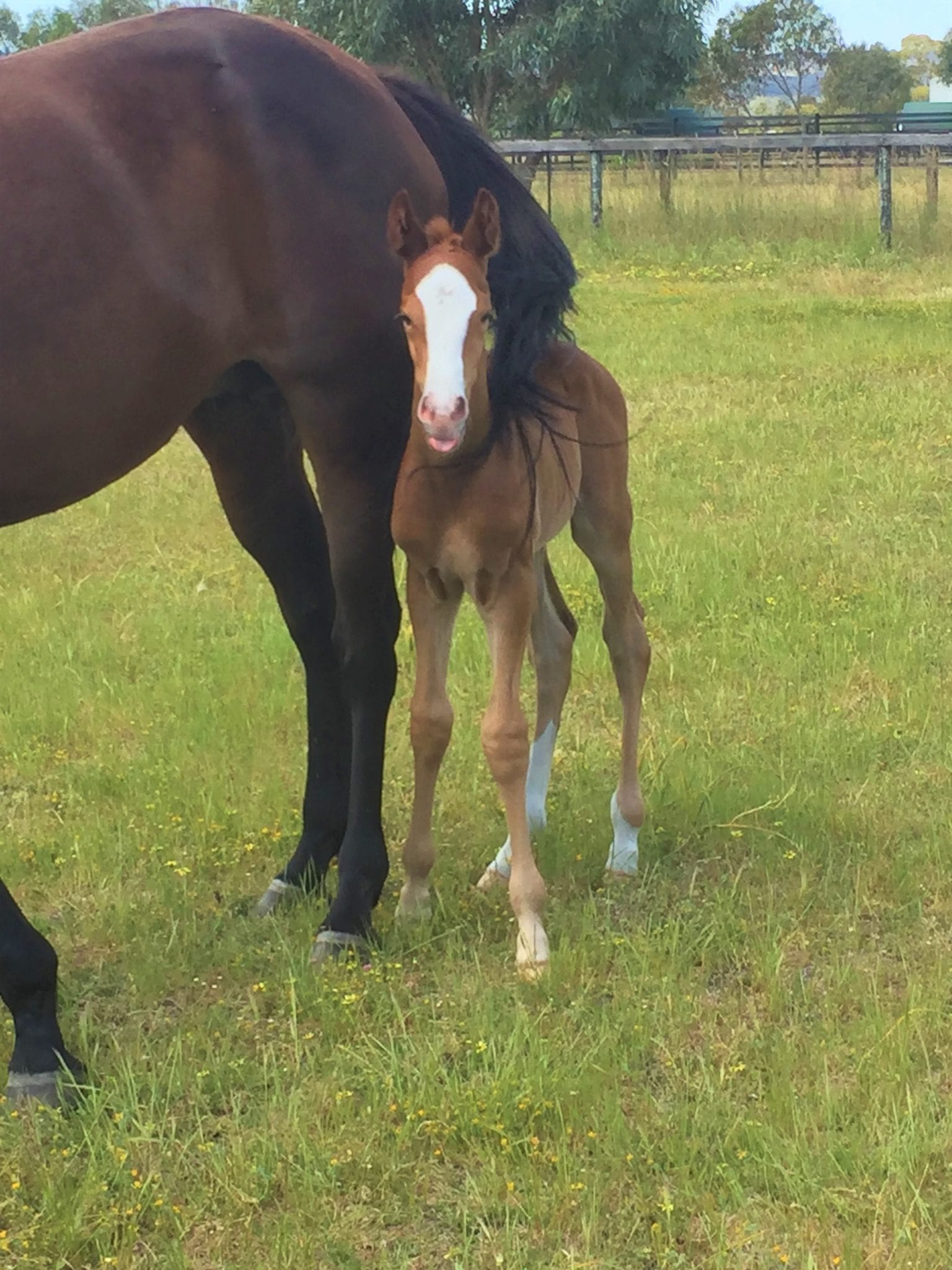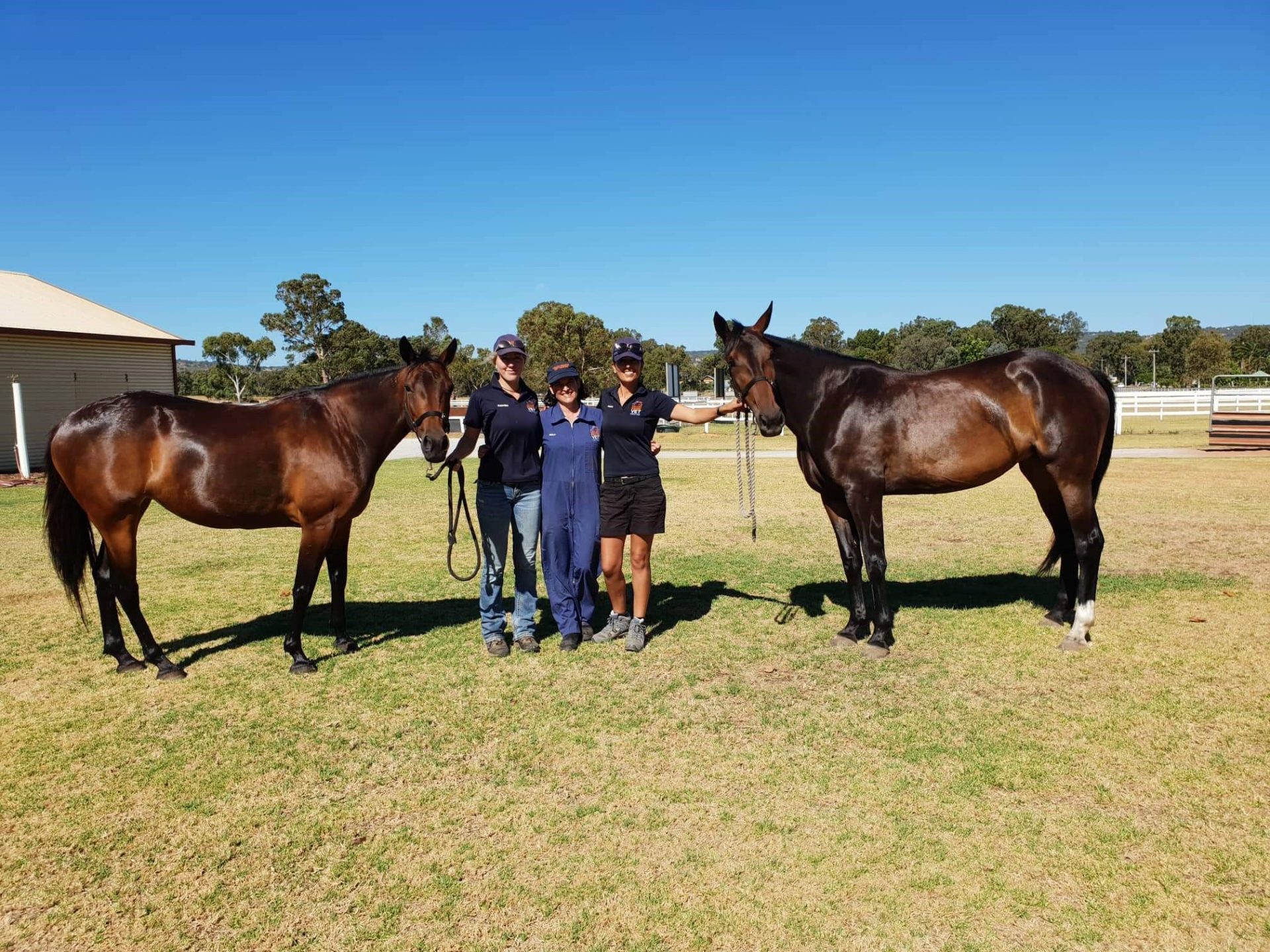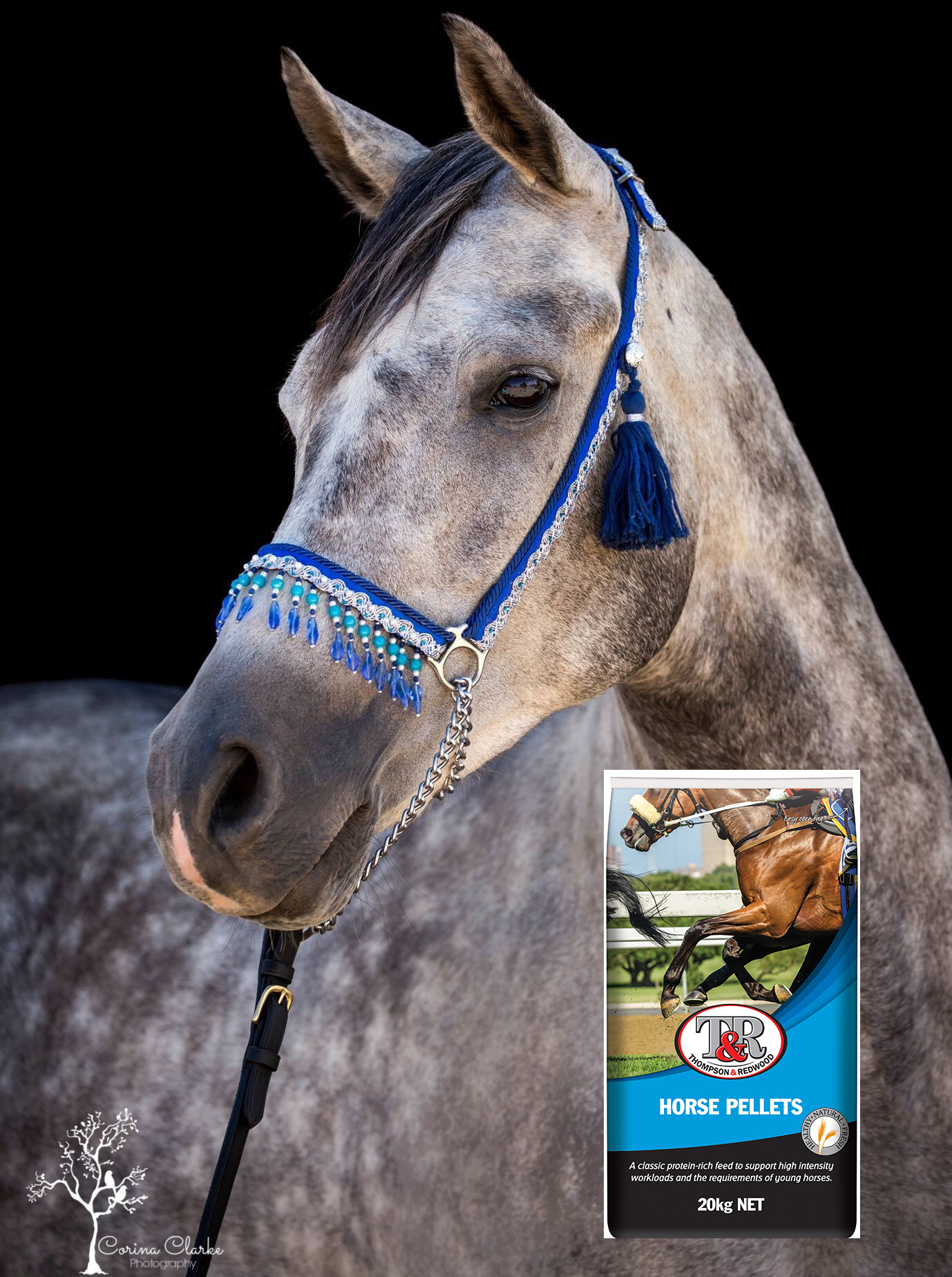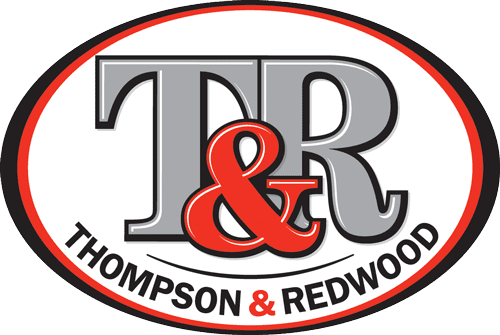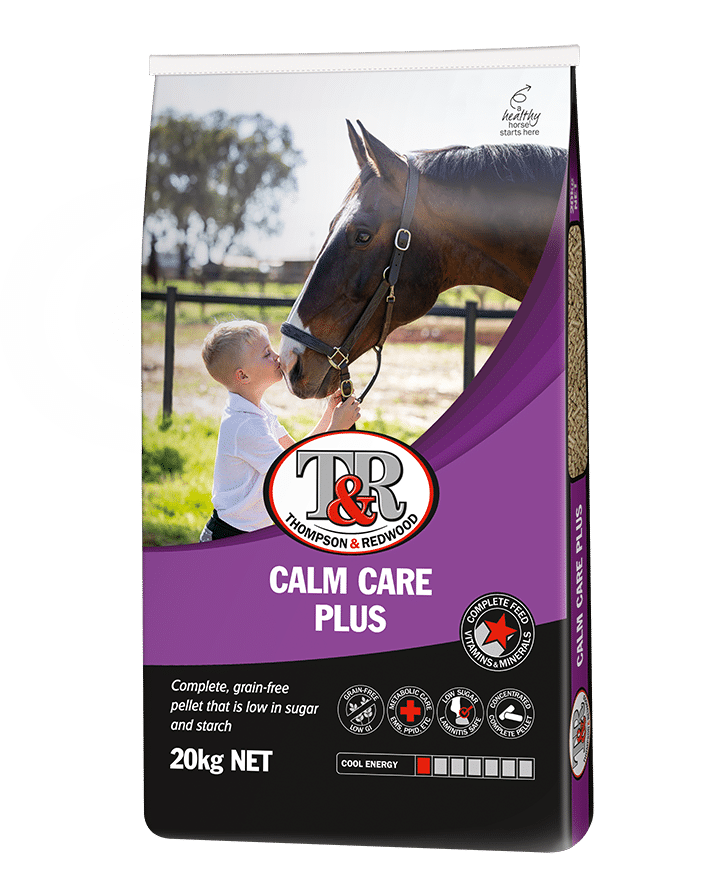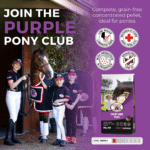
From grass roots to high performance, we have an equine feed to suit
A feed for (almost) every animal on the farm
Quality
Ruminant feeds to support productivity
We’re passionate about poultry
superior feed for broodmares, young stock & commercial studs
with added pre & probiotics
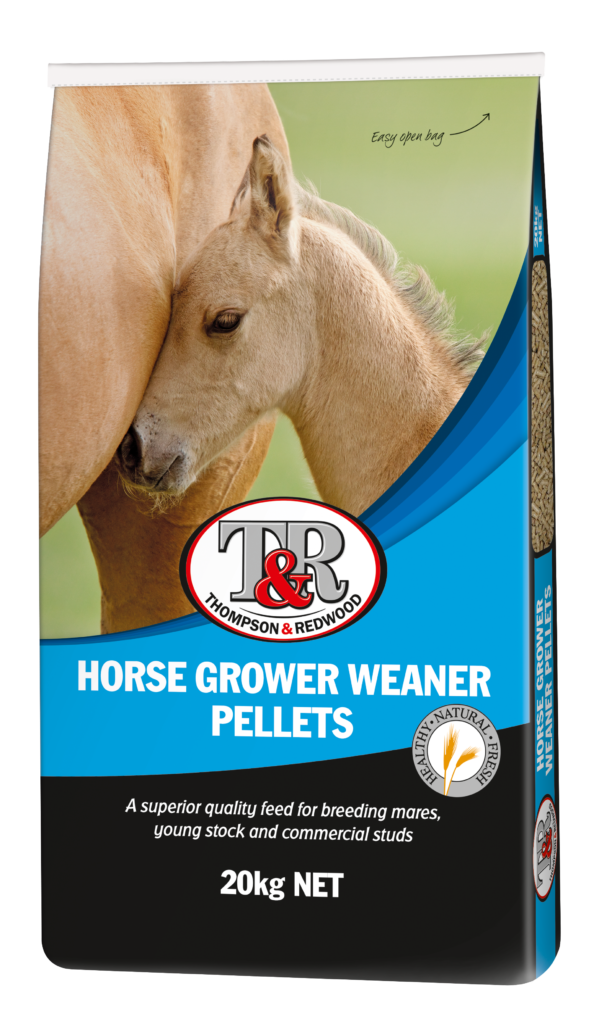
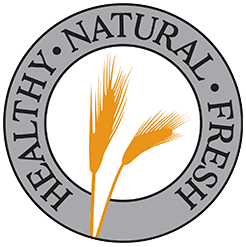
Making healthy, natural and fresh stock feed since 1985
Thompson & Redwood makes affordable and nutritionally balanced stock feed for the horse and agricultural
industries. Our recipes never change and are milled daily from Western Australian grain so you know what
you’re feeding is healthy, natural and fresh.
What's your
horse feeding challenge?
- Fizzy horse?
- Poor keeper?
- At risk of laminitis?
Let our veterinary and nutrition team support you and your horse with our carefully formulated complete horse feeds.
Find the feed most suited to your horse or pony.
What's your
horse feeding challenge?
- Fizzy horse?
- Poor keeper?
- At risk of laminitis?
Let our veterinary team support you and your horse with our carefully formulated complete horse feeds.
Find the feed most suited to your horse or pony.
RUGGING - is your horse really cold? How do you know if they need a rug?
With our overnight temperatures starting to drop, and winter around the corner, we thought it was a good time to talk about THERMONEUTRAL ZONES and LOWER CRITICAL TEMPERATURE (LTC). Understanding these ranges helps us to make decisions around our horse`s health, feeding regimes and rugging in winter.
Just like with humans, animals have a core temperature that their body needs to maintain for their vital organs to function. As outside temperature decreases, your horse’s body needs to work much harder to maintain its core temperature.
The THERMONEUTRAL ZONE is the range of temperatures between which a horse uses little to no energy to maintain its body temperature.
🌡️ In horses, the average Thermoneutral zone is between 5°C and 25°C.
🌡️ In humans, the average Thermoneutral zone is between 25°C and 30°C.
❓The big difference here is that our range is much narrower, so we feel cold and uncomfortable at a much higher temperature than our horses. It`s not as simple as that though, there are factors that influence how comfortable our horses feel and whether their body has to work harder to stay warm. This is where the LTC comes in.
The LOWER CRITICAL TEMPERATURE (LCT) is the temperature below which they need to increase their metabolic heat and digestible energy intake to maintain their body temperature. For most horses this is between 0°C and 5°C, BUT this varies depending on the climate they are used to. For horses that live in a much milder climate their LTC may be higher, or for those in a much colder climate this may be lower.
There are lots of influences on an individual horse’s LCT, including:
➡️ Whether they have a natural, thick coat or not
➡️ Age (young horses, foals and seniors have a higher LCT)
➡️ Weight and Surface Area to Volume ratio
➡️ Health status (sickness and injury can increase LCT)
➡️ Wind chill factor and moisture in the air
It`s only when temperatures start to drop below the lower critical temperature, that additional dietary energy may be required. #tiptuesday #horsehealth #horsecare
Jun 9

Hey Victoria! Our products are now available through Lily`s Feed on the East Coast. Their first delivery has arrived, and they are stocking lots of our customer favourites, from Lupin Fibre Boost to Calm Care Plus.
Get in touch with the Lily`s team for more information on ordering.
#horsefeed #calmcareplus #healthynaturalfresh #horsenutrition #lupinfibreboost #lupinfibrecubes #lowsugarandstarch #healthyhorses
Jun 9

FAQ FRIDAY! "I`m trying to add weight to my horse but their topline still isn`t great - How can I improve their topline??" We get this one a lot, and there is actually a bit to it because topline is not just weight gain - it`s muscle building. Topline is about so much more than appearance, a strong topline is essential for supporting the spine, maintaining balance and even soundness!
1. 𝗜𝘁`𝘀 𝗻𝗼𝘁 𝗔𝗟𝗟 𝗮𝗯𝗼𝘂𝘁 𝘁𝗵𝗲 𝗳𝗲𝗲𝗱 - 𝗯𝘂𝘁 𝘁𝗵𝗲 𝗳𝗲𝗲𝗱 𝗶𝘀 𝗘𝗦𝗦𝗘𝗡𝗧𝗜𝗔𝗟!
Topline building requires specific types of exercise. Think of it this way, if we sit on the couch watching TV we can`t build strong biceps and a six-pack even if we eat the right food 🏋️
2. 𝗠𝗮𝗸𝗲 𝘀𝘂𝗿𝗲 𝘁𝗵𝗲𝗶𝗿 𝗰𝗮𝗹𝗼𝗿𝗶𝗲 (𝗲𝗻𝗲𝗿𝗴𝘆) 𝗶𝗻𝘁𝗮𝗸𝗲 𝗶𝘀 𝗵𝗶𝗴𝗵 𝗲𝗻𝗼𝘂𝗴𝗵:
Horses need energy to fuel their work, but if you`re looking to build condition, there needs to be enough `left over` to allow the body to repair and build. If they need to dip into energy stores to fuel their work, they can actually break down their topline.
3. 𝗙𝗲𝗲𝗱 𝗮 𝗻𝘂𝘁𝗿𝗶𝘁𝗶𝗼𝘂𝘀 𝗱𝗶𝗲𝘁 - 𝗻𝗼 𝗷𝘂𝗻𝗸 𝗳𝗼𝗼𝗱!
Feeding enough calories doesn`t mean throwing heaps of any old feed at your horse. Think about it, a human athlete can`t build healthy muscle and fitness on a diet of donuts, bread and sugar! 🍩🍞🍨 Make sure they are getting a nutritious, balanced feed with quality fibre and protein.
4. 𝗖𝗵𝗼𝗼𝘀𝗲 𝗵𝗶𝗴𝗵 𝗾𝘂𝗮𝗹𝗶𝘁𝘆 𝗽𝗿𝗼𝘁𝗲𝗶𝗻 𝘀𝗼𝘂𝗿𝗰𝗲𝘀
Building topline is building muscle, and muscle is made up of 70% protein so protein is key! But not all protein is created equal. Your horse’s diet needs to include superior quality sources of protein and amino acids, not just vast quantities. Why? Feeds classed as better sources of protein (like lupins) contain higher amounts of essential amino acids like lysine which are needed for muscle building.
5. 𝗗𝗼𝗻`𝘁 𝗳𝗼𝗿𝗴𝗲𝘁 𝘃𝗶𝘁𝗮𝗺𝗶𝗻𝘀 𝗮𝗻𝗱 𝗺𝗶𝗻𝗲𝗿𝗮𝗹𝘀
Their diet needs to meet all of their vit & min requirements, because deficiencies or imbalances (e.g. zinc deficiency) can impact topline building.
#topline #toplinebuilding #performancehorse #showhorse #horsehealth #horsefeed #horsenutrition
Jun 5

WORLD ENVIRONMENT DAY 2025 - At T&R, sustainability is at the heart of our operations, and we are committed to constantly improving and evolving to care for the land and environment around us.
Just a few of the ways we continue to reduce our environmental impact include:
🌿Reducing the fibre weave of our bags to reduce landfill and carbon
🌿Include a portion of recycled materials in our bag material
🌿Working with recycling business to develop a recycling program for our bags.
🌿Removing antibiotics from our feeds to help producers reduce the use of in-feed antibiotics in livestock production.
🌿Including natural supplements in our ruminant feeds to decrease methane emissions
🌿Reduce wastage – our feeds are made to order, so we only produce what our stockists and customers need. This not only maximises freshness but reduces the risk of product and ingredient wastage.
🌿Water usage – constant audit of mill to monitor/reduce water usage
Reducing the fibre weave of our bags alone has saved an estimated 130 tonnes of plastic from landfill and reduced our Carbon Dioxide emissions by 190 tonnes each year!
Our bags are an area we continue to work on, while we do make them from recyclable materials, Western Australia doesn`t currently have the recycling facilities to manage soft plastics.
#WorldEnvironmentDay2025 #BeatPlasticPollution #sustainability #thompsonandredwood
Jun 5

PCWA Mount of the Month - Meet February`s winner `Rebel` and his 11yo rider Holly. Did you know that we run a monthly giveaway with Pony Club Western Australia, to champion those super pony club mounts that we all know and love, that make an impact on the lives of young riders.
"This is Rebel, he is 18 years of age and has been a Pony Club WA member for over 10 years.
Rebel is shown on the PCWA website Eventing page with his prior owner April who as a teenager successfully evented him, April is now a nurse and PCWA coach when she has the time.
Rebel is now ridden by 11 year Holly, who in 2024 was a team member of the Peel MHPC winning musical ride at the State Dressage champs and attended the Perth Royal Show Pony Club day.
Rebel likes to help open the gate in the PC mount classes and his favourite pony club activity is Cross Country."
It was great to see Rebel and Holly enjoying their prize pack, and learn that rebel is fuelled by T&R feeds.
Would you like to nominate a Pony Club Mount of the Month? Head to the form below:
https://form.jotform.com/250351853807054?fbclid=IwY2xjawKtGGtleHRuA2FlbQIxMABicmlkETFiQW5wc3VGUlVaNFB4QzJzAR5tebci1ZmQRvk3Ayklayip3D1Kbwj3zwZGS-ZANflhkjItzj_XQfqSANg-dg_aem_ZdKRzkJ33_WhydSIHTtHmw
Jun 4

Looking for a feed to support topline building? Horse Cubes for Seniors could be the fuel your horse needs. Our high calorie, concentrated formula supports healthy weight and conditioning while optimising overall health, function and shine. Find some handy feeding tips below 👇
🔗Made with quality proteins and amino acids for muscle building and recovery
💪Includes Vitamin E to combat free radicals and Vitamin C for immune support
✨Added canola oil for coat health and shine
🦠Added pre & probiotics to support gut health and function
💲Low dose feeding rate for cost-effective feeding
Our highly digestible fibre pellet is fortified with our specially formulated vitamin & mineral blend to provide a complete, balanced feed when fed at the recommended rate.
FEEDING TIPS:
💡Soak it into a palatable mash for extra hydration or for those with bad teeth.
💡Combine it with Lupin Fibre Cubes which are a cool, low sugar and starch fibre alternative to speedibeet, maxisoy, copra and chaff.
💡Not feeding it at the full recommended rate? Combine it with Lupin Fibre Boost, to ensure they are getting the vitamins, minerals and amino acids they need to meet their daily requirements.
Available at your local WA Stockist.
May 29

Flying around Adelaide with smiles and ears forward! Sponsored Rider Charlee Morton-Sharp and SV Supermaxi are kicking goals on their East Coast trip. After escaping the drenching rain and floods in NSW for an early arrival in Victoria, the team is fit and working towards Melbourne International now - with a fresh shipment of Claytons Pellets and Lupin Fibre Boost heading their way.
#lupinfibreboost #claytonspellets #horsenutrition #horsefeed #eventer
📷Mark Richardson
May 28

HAY BELLIES - Why is a hay belly different to overweight?
When a horse has a large belly, many people confuse it with being overweight. But we don`t use the belly (or underline) as an accurate measure of how much weight a horse is carrying. In horses, the areas we use to visually assess condition or weight are:
🔹Loin/Croup
🔹Over the Ribs
🔹Around the Tailhead
🔹Withers
🔹Neck - especially the cresty neck score
🔹Behind the Shoulder
When a horse is showing a very large belly or `pot belly`, it is usually caused by:
1️⃣ Lack of condition and topline:
When a horse lacks muscle and topline, it doesn`t have the strength to support its lower belly. The ‘topline’ of a horse is made up mostly of muscle and describes the muscling that occurs across the horse’s wither, back, loin and croup. And when poor quality forage impacts the gut and they get abdominal distension, a dropped pot belly becomes very noticeable.
2️⃣ A diet high in poor-quality forage:
Forage and fibre are vital components of a horse’s diet, but not all forage is created equal! Low quality forages like straw, older pastures and poor-quality hays are high in insoluble fibre or lignin, and low in protein.
When horses consume a lot of insoluble fibre, it takes their bodies much longer to digest so they need to hold it for longer in the hindgut. This causes a few issues! It increases the ‘gut fill’ of the horse, which is how much feed they have sitting in their hindgut. It also leads to excessive gas production as the microbes try to do their job (gas is a by-product of fermentation).
And all this extra insoluble fibre requires more water to help the digestion process.
So, when paired with a decrease in topline and muscle definition, it becomes harder for the horse or pony to support their gut, and we start to see the classic signs of low hanging abdominal distension – or hay belly.
What constitutes low quality forage, and how do you manage a hay belly? Read more >>>
https://thompsonandredwood.com.au/fat-horse-or-hay-belly-what-is-the-difference
#thompsonandredwood #horsefeed #horsehealth #horsenutrition Feed Your Steed
May 27

Just look for the Highfield team! Another great show for the young ones, with Ollie taking home his first rug and Williams River Brennan continuing to develop in cool calm confidence.
Both are fuelled by Claytons Pellets for cool energy and support.
#claytonspellets #horsefeed #fuelledbytandr #sponsoredrider #teamthompsonandredwood
May 26

Have you ever had an experience or accident that has knocked you or your horse`s confidence?
We want to give a special shout out to our driving ambassador Doddy and her lovely boy Dennis. After a nasty carriage driving accident, both Doddy and Dennis have had a long road back to confidence, yet here they are back together as a team!
Doddy has worked hard with Dennis, who was struggling with sensitivity and reactivity after the accident. Time and a change from Claytons Pellets over to Calm Care Plus, has played an essential role in his recovery.
We`re so proud of your care and resilience Doddy.
May 25

It was so good to see one of our Junior Ambassador alumni, Bella Rhodes in Karratha over the weekend. Bella`s riding and horsemanship is a pleasure to watch!
`Ghost` is now 20 years old and still performing at his best and looking fabulous. He is fuelled by Oat Free Muesli, combined with Lupin Fibre Boost to keep him healthy and hydrated.
#oatfreemuesli #lupinfibreboost #horsefeed #horsenutrition
May 22

RUGGING - is your horse really cold? How do you know if they need a rug?
With our overnight temperatures starting to drop, and winter around the corner, we thought it was a good time to talk about THERMONEUTRAL ZONES and LOWER CRITICAL TEMPERATURE (LTC). Understanding these ranges helps us to make decisions around our horse's health, feeding regimes and rugging in winter.
Just like with humans, animals have a core temperature that their body needs to maintain for their vital organs to function. As outside temperature decreases, your horse’s body needs to work much harder to maintain its core temperature.
The THERMONEUTRAL ZONE is the range of temperatures between which a horse uses little to no energy to maintain its body temperature.
🌡️ In horses, the average Thermoneutral zone is between 5°C and 25°C.
🌡️ In humans, the average Thermoneutral zone is between 25°C and 30°C.
❓The big difference here is that our range is much narrower, so we feel cold and uncomfortable at a much higher temperature than our horses. It's not as simple as that though, there are factors that influence how comfortable our horses feel and whether their body has to work harder to stay warm. This is where the LTC comes in.
The LOWER CRITICAL TEMPERATURE (LCT) is the temperature below which they need to increase their metabolic heat and digestible energy intake to maintain their body temperature. For most horses this is between 0°C and 5°C, BUT this varies depending on the climate they are used to. For horses that live in a much milder climate their LTC may be higher, or for those in a much colder climate this may be lower.
There are lots of influences on an individual horse’s LCT, including:
➡️ Whether they have a natural, thick coat or not
➡️ Age (young horses, foals and seniors have a higher LCT)
➡️ Weight and Surface Area to Volume ratio
➡️ Health status (sickness and injury can increase LCT)
➡️ Wind chill factor and moisture in the air
It's only when temperatures start to drop below the lower critical temperature, that additional dietary energy may be required. #tiptuesday #horsehealth #horsecare
... See MoreSee Less

- likes 4
- Shares: 3
- Comments: 0
0 CommentsComment on Facebook
She's done it! Charlee Morton-Sharp and SV Supermaxi have won the 3*L at Melbourne International 3 Day Event. We'll be right back...just shedding a little tear of pride🥹
Linda Morton-Sharp
... See MoreSee Less

10 CommentsComment on Facebook
Hey Victoria! Our products are now available through Lily's Feed on the East Coast. Their first delivery has arrived, and they are stocking lots of our customer favourites, from Lupin Fibre Boost to Calm Care Plus.
Get in touch with the Lily's team for more information on ordering.
#horsefeed #calmcareplus #healthynaturalfresh #horsenutrition #lupinfibreboost #lupinfibrecubes #lowsugarandstarch #healthyhorses
... See MoreSee Less

5 CommentsComment on Facebook
What a partnership! Charlee Morton-Sharp Equestrian and SV Supermaxi are leading the 3*L heading into showjumping tomorrow. After overnight rain they did an incredible round. Our whole crew and sponsorship team will be cheering you on 👏 ... See MoreSee Less
This content isn't available right now
When this happens, it's usually because the owner only shared it with a small group of people, changed who can see it or it's been deleted.1 CommentsComment on Facebook
Sponsored rider Charlee Morton-Sharp has had a fantastic start to her MI3DE campaign, we wish her all the best for Sunday's cross country! ... See MoreSee Less
This content isn't available right now
When this happens, it's usually because the owner only shared it with a small group of people, changed who can see it or it's been deleted.0 CommentsComment on Facebook
